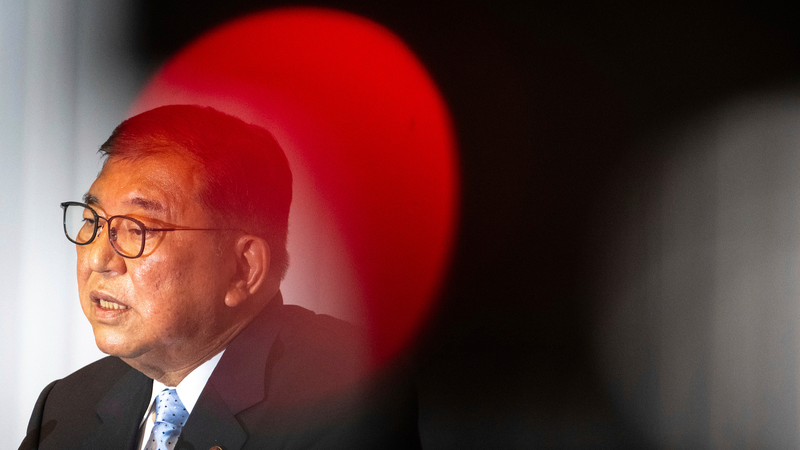Japan’s political spotlight is on the ruling Liberal Democratic Party (LDP) as it navigates an intricate path to name a new face of leadership. With Prime Minister Shigeru Ishiba’s surprise resignation, the world’s fourth-largest economy braces for a fresh contest—one that could reshape policies on trade, tech and sustainability.
Inside the LDP Race
First, party members must elect a new LDP president. Prospective candidates need at least 20 nominations from party lawmakers to enter. Once confirmed, they embark on a nationwide campaign of debates and local outreach that energizes rank-and-file members.
In the initial voting round, each lawmaker casts one vote, matched by an equal number of votes drawn from the party base. With nine contenders in 2024, Ishiba secured victory only after a run-off.
Crunch Time: The Run-Off
If no contender wins a simple majority on the first ballot, the top two face off. Lawmakers keep one vote each, while rank-and-file members’ influence shifts to 47 votes—one per prefecture. In a tie, a random draw decides the winner, a rare measure last used in 2010.
From Party Chair to Prime Minister
Securing the LDP presidency does not guarantee the premiership. Without majorities in either house of parliament, the party must persuade other lawmakers. The lower house votes first, nominating any eligible chamber member. A simple majority clinches it; otherwise, a run-off follows.
The upper house then holds its vote—but if the chambers disagree, the lower house choice prevails. Historically, this rule tipped the scales in 2008, confirming the LDP’s candidate despite an upper house split.
Finally, the new prime minister may call a snap general election, seeking a fresh mandate from the public. As Japan charts this course, all eyes remain on the global implications—from supply chains to climate targets.
Reference(s):
cgtn.com




